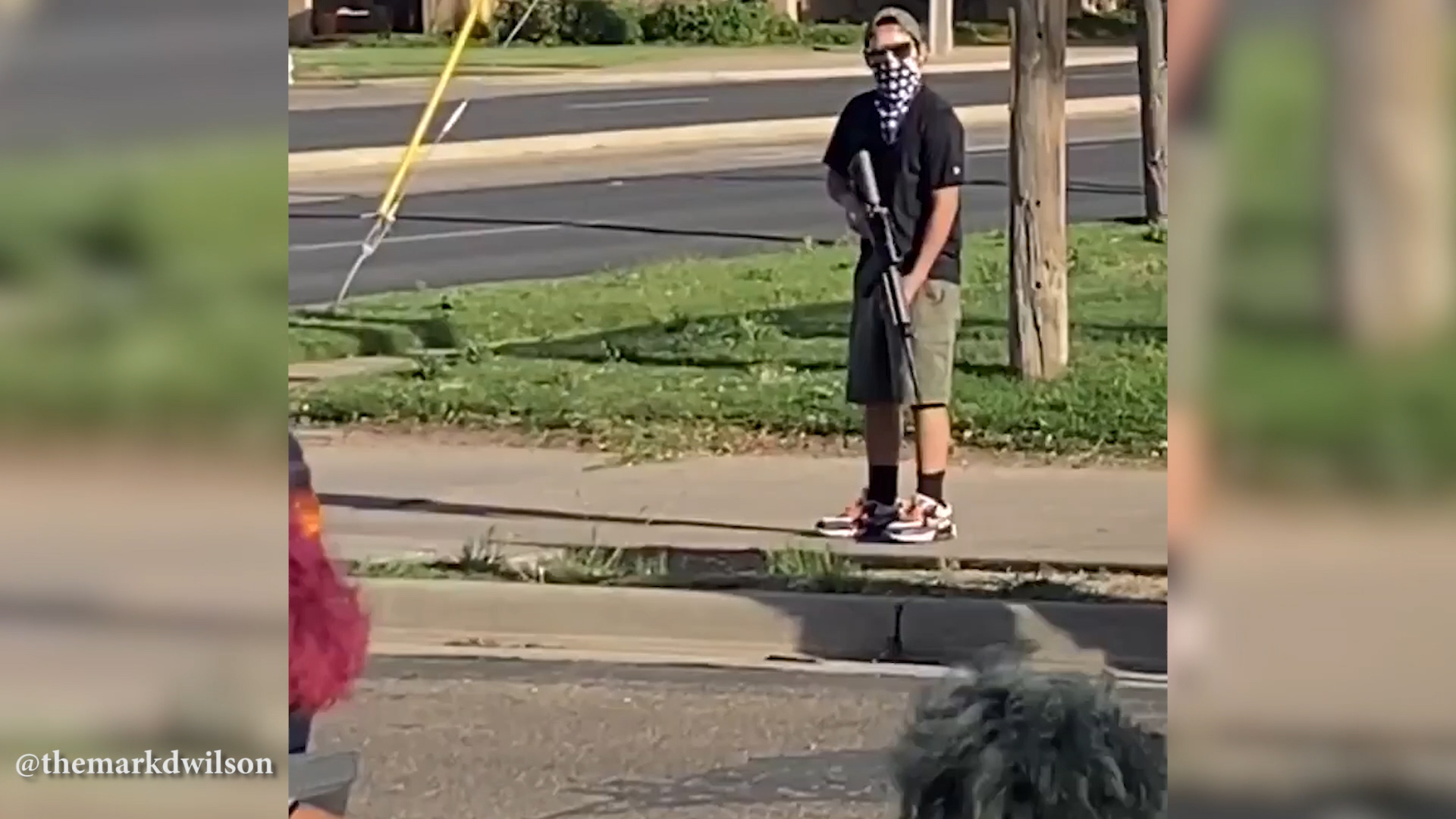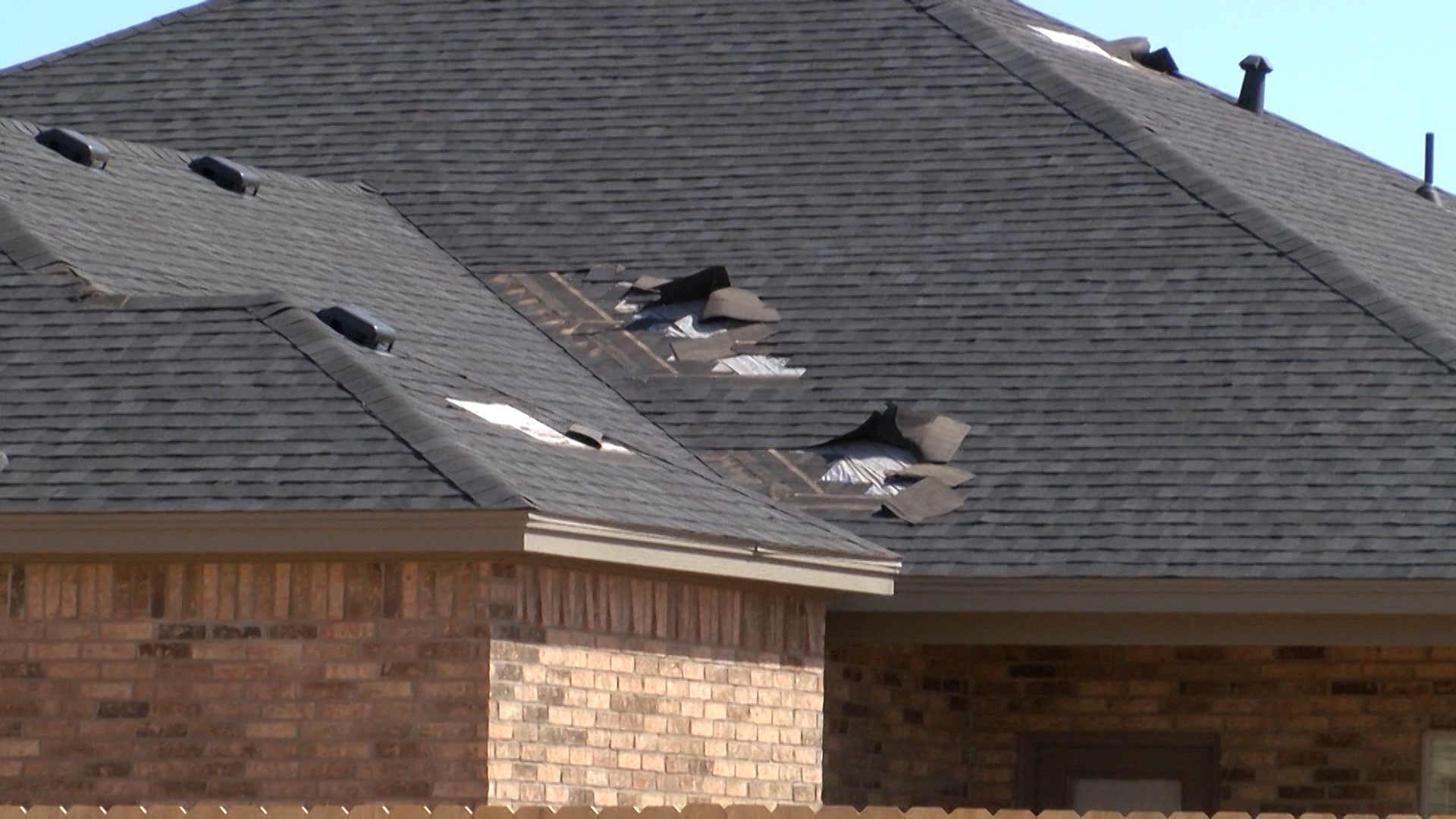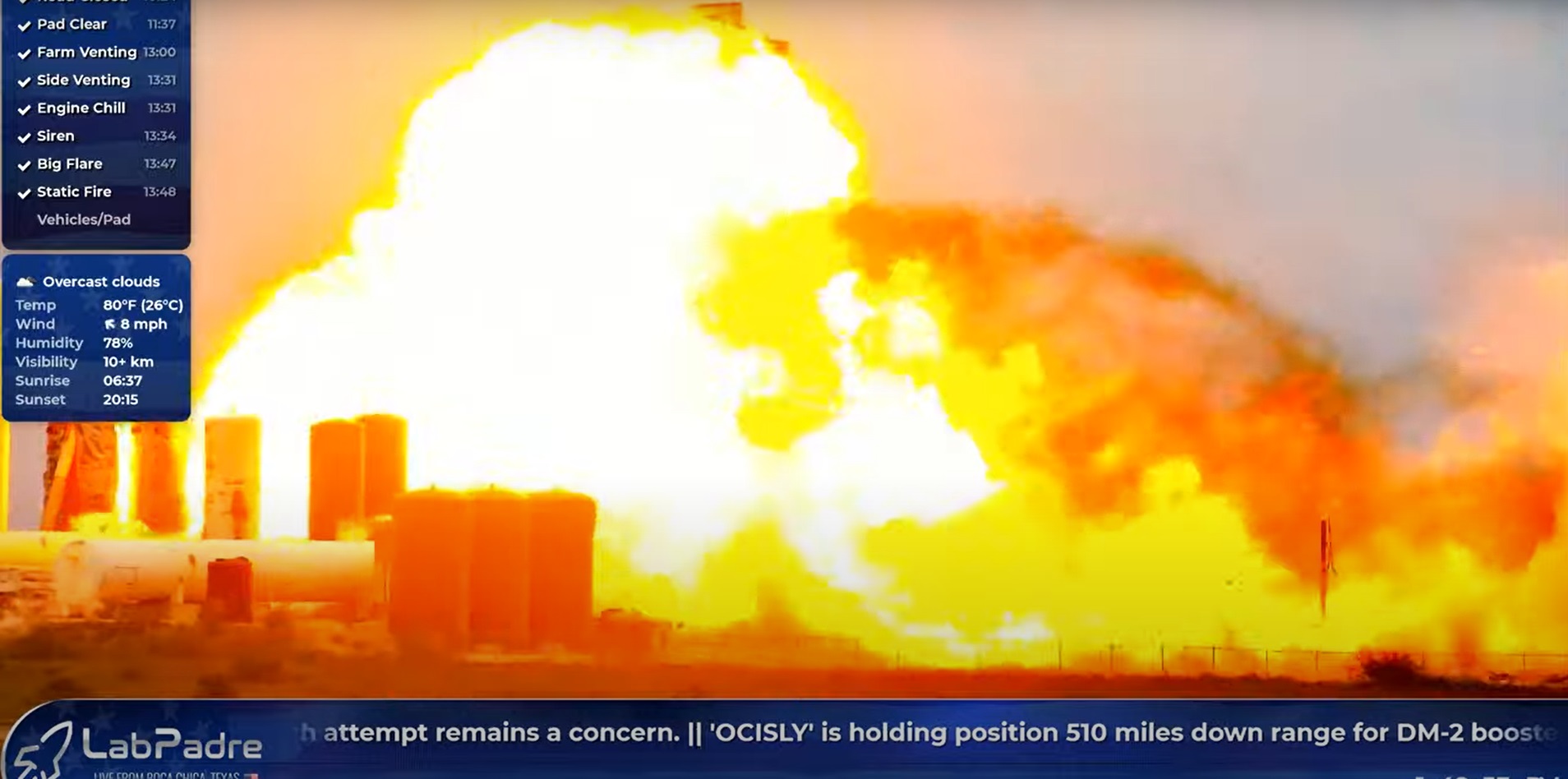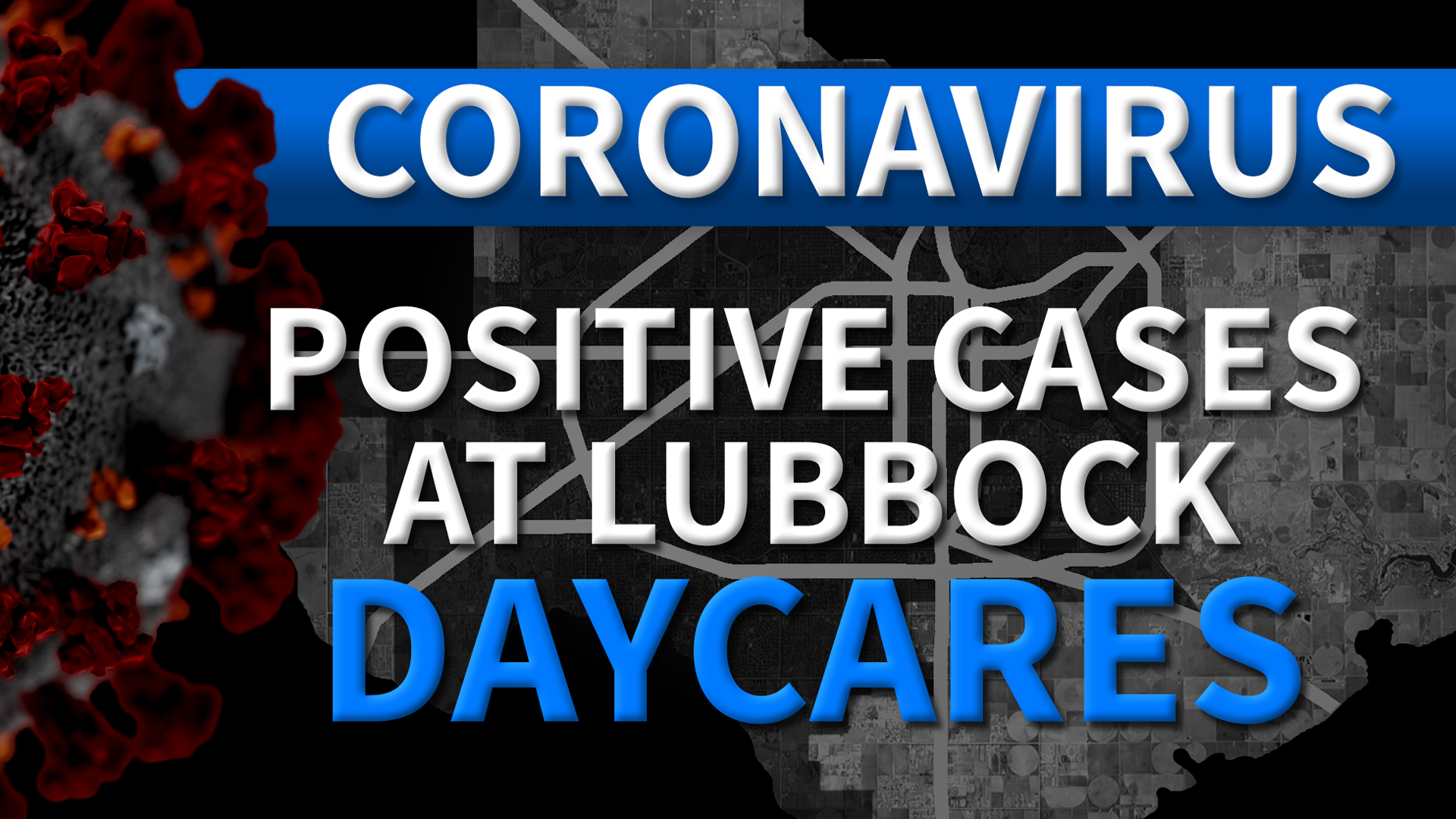LUBBOCK, Texas — May 11th, 1970 is a day that will haunt many people in Lubbock and across the South Plains. 26 lives were lost and more than 1500 were injured as a F5 tornado ripped through the city.
This day was just like many others. Storms were in the forecast but never formed during the day. As the sun began to set, the dryline began to retreat back west and that’s when everything happened. Storms quickly began to form spawning two tornadoes in the city.
The first tornado developed to the northeast of town. The second tornado formed just to the southwest of downtown and moved north, directly through downtown and Texas Tech before dissipating near the airport. Starting at a mile and a half wide, it’s 8.5 mile track eventually made it to a quarter of a mile wide before vanishing.
There have been a lot of changes in terms of how we receive weather information and alerts, along with the improvements in forecasting. Jody James, Warning Coordination Meteorologist at the National Weather Service in Lubbock explains.
“There’s a lot of things different when you look back at the 70s. Our computer models were really in their infancy. We try to predict the weather with models but now they’re much more high resolution, we run multiple models, we do multiple ensembles. So, when you look back at the 1970s, it really was very crude. I think most forecasters would have a difficulty if they were just given the data, meaning radar, satellite, and the primitive models, they would have a difficult time making the forecast. They did a great job with what they had, but we’ve made such great strides, not only with our understanding with the computer models, but the technology, and one of the big things was communication.”
Communication is key in getting out the latest tornado warning which can save lives. Now with better communication and forecasting models, we can also see the “ingredients” for severe weather several days out.
“We can see sometimes those ingredients we think will come together three, four, even five days in advance.” James says. “Now that’s not to say that we can pinpoint where thunderstorms or tornadoes will develop, but that’s what we do with our thunderstorm outlooks. We’ll start out-looking areas a few days in advance and say ‘hey in this part of the country, in West Texas or western Oklahoma, it looks like coming up in three days or four days we can have some severe weather.”
Even though we have better technology to provide warnings and better lead time, it’s still up to you to take action when a warning is issued. Have a plan of where you’re going to take shelter when a tornado warning is issued. Go into the lowest level of your home and the most interior portion of your home. A mobile home is not a good place to take shelter. Instead, know where your local storm shelter is if there is severe weather in the forecast.
















